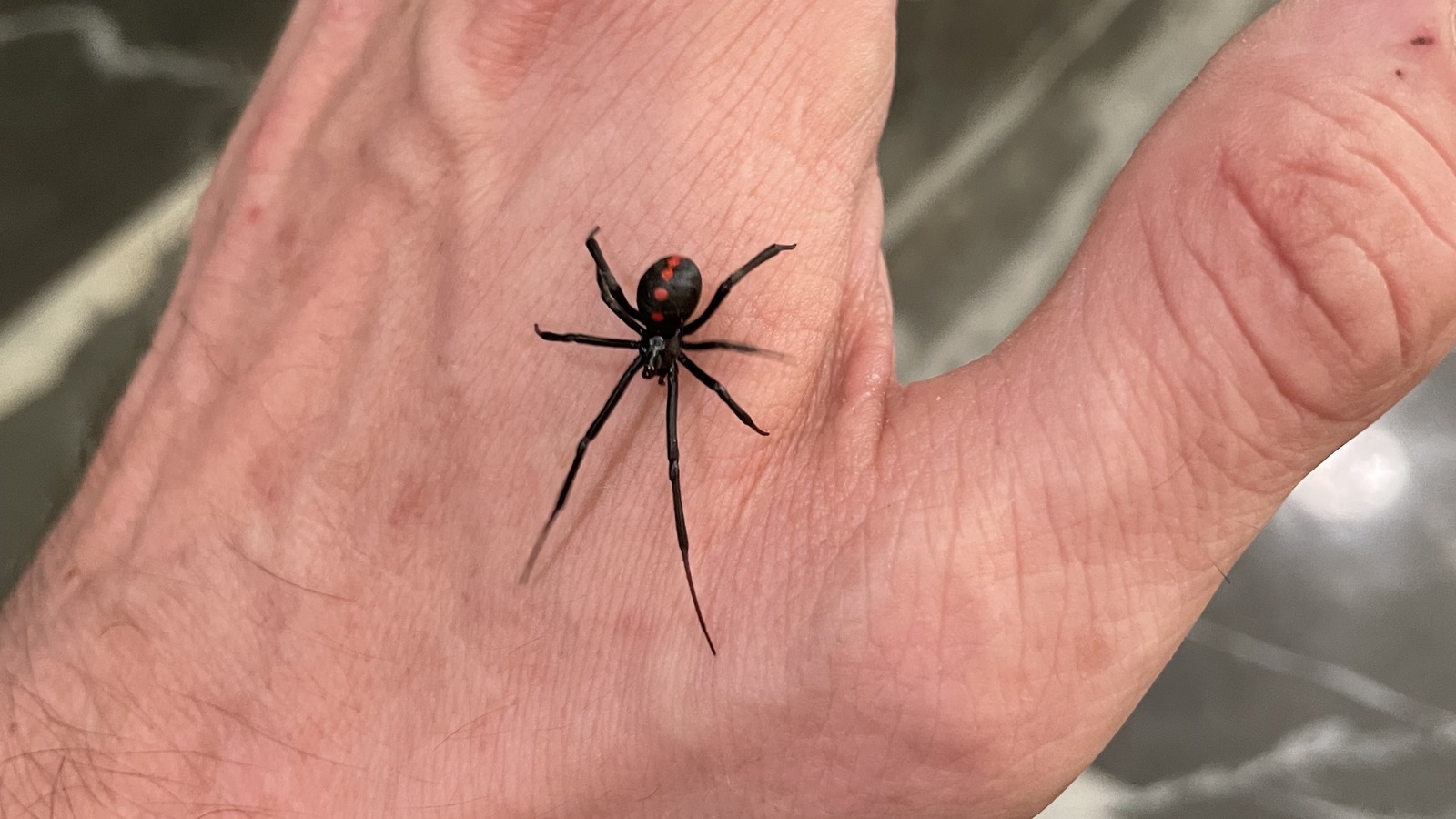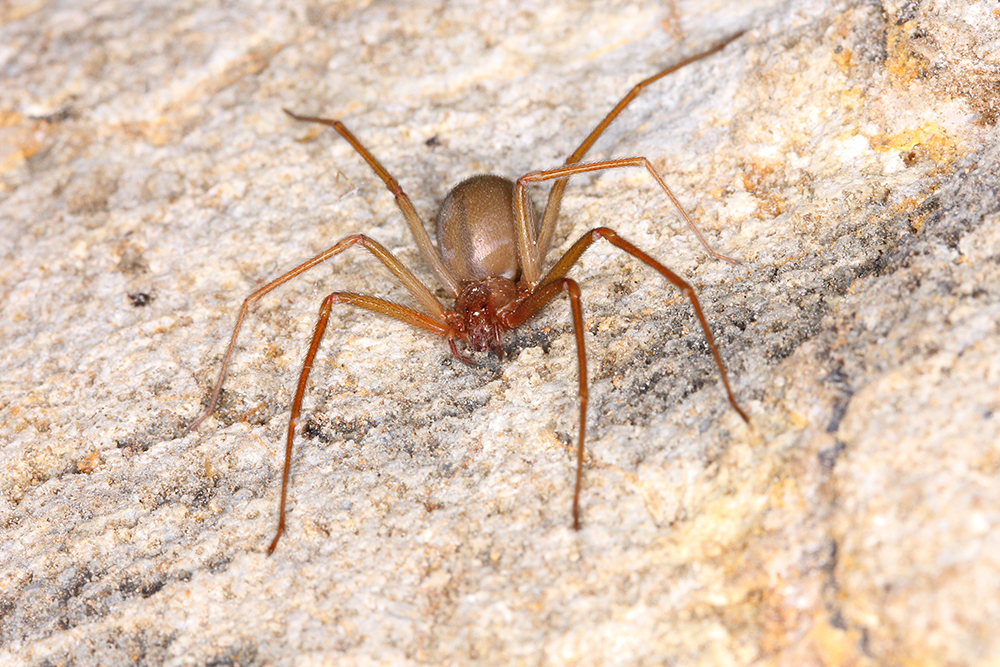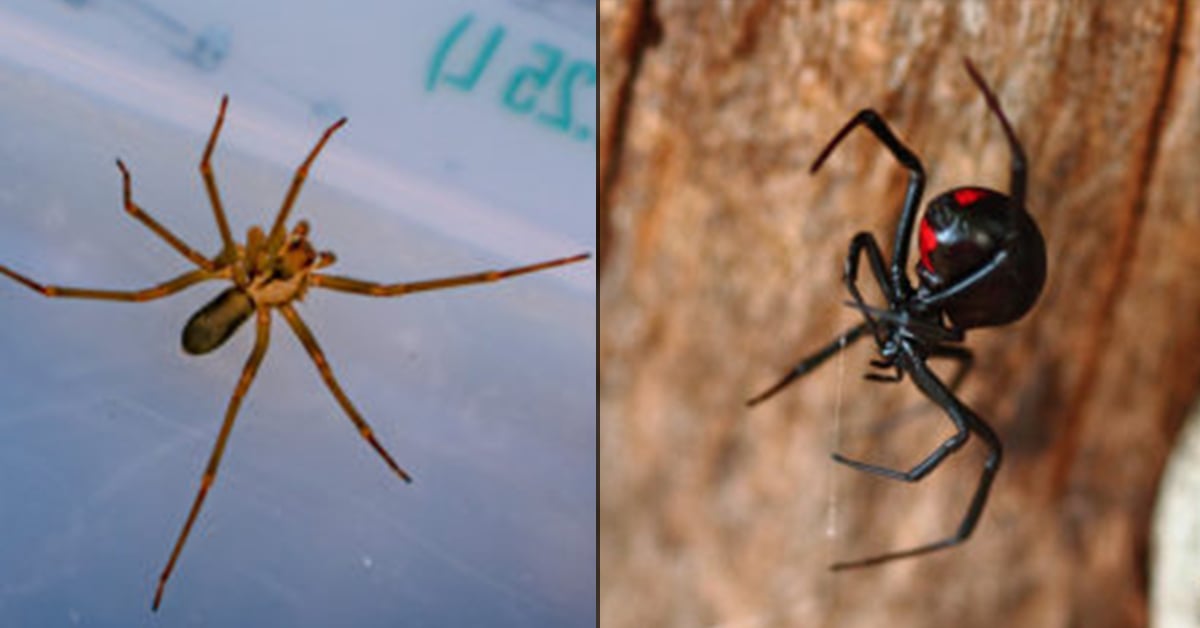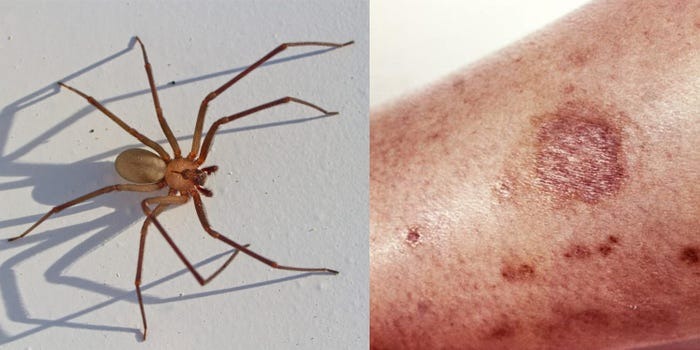While spider bites are uncommon, certain species such as the Black Widow and Brown Recluse spiders can cause medically significant reactions. These spiders are found in various regions of the United States and, though generally non-aggressive, may bite when disturbed. Proper identification, swift first aid, and appropriate medical care are critical for effective management.
This guide provides accurate information on how to identify these spiders, what to do if bitten, and the best ways to reduce your risk of encountering them.
Identifying Dangerous Spiders
Black Widow Spider
The Black Widow spider, part of the Latrodectus genus, is distinguished by its shiny black body and a red hourglass marking on the underside of its abdomen. It prefers secluded, dark environments and is often found in garages, woodpiles, crawl spaces, and outdoor sheds. Females are more likely to bite and are significantly more venomous than males.
Symptoms of a Black Widow bite may include:
-
Local pain at the bite site
-
Muscle cramps and abdominal pain
-
Sweating and nausea
-
In rare cases, difficulty breathing or hypertension
According to the Centers for Disease Control and Prevention (CDC), symptoms usually begin within 30 to 60 minutes after the bite and can range from mild to severe depending on the individual’s age, health, and sensitivity to venom.

Brown Recluse Spider
The Brown Recluse spider, belonging to the Loxosceles genus, is typically brown with a distinctive violin-shaped marking on its back. Native to the central and southern United States, it often inhabits attics, storage boxes, closets, and unused shoes or clothing. This spider is shy and will bite only when disturbed or trapped against the skin.
Symptoms of a Brown Recluse bite may include:
-
Initially mild or painless sensation
-
Redness, swelling, and the formation of a blister
-
Tissue necrosis in severe cases
-
Fever, chills, and fatigue
The Mayo Clinic notes that while many bites heal on their own, a small percentage can result in significant tissue damage requiring medical treatment.

What to Do If You Are Bitten
If you suspect you’ve been bitten by a Black Widow or Brown Recluse spider, immediate and calm action is crucial. Here are the steps recommended by the National Institutes of Health (NIH) and the American Association of Poison Control Centers:
-
Clean the bite area
Gently wash the area with soap and water to reduce the risk of infection. -
Apply a cold compress
Use a cloth-wrapped ice pack on the affected area for 10-minute intervals to help reduce swelling and pain. -
Elevate the limb
If the bite is on an arm or leg, elevate it to limit the spread of venom. -
Limit movement
Try to stay still and calm, as physical activity can cause venom to spread more quickly through the body. -
Seek medical attention
Contact a healthcare professional or go to an emergency room, particularly if you notice worsening symptoms, difficulty breathing, muscle pain, or a spreading wound.
If possible, capture or take a photo of the spider from a safe distance for identification, but only if doing so does not pose further risk.

